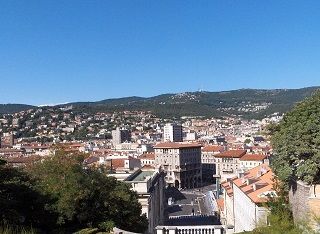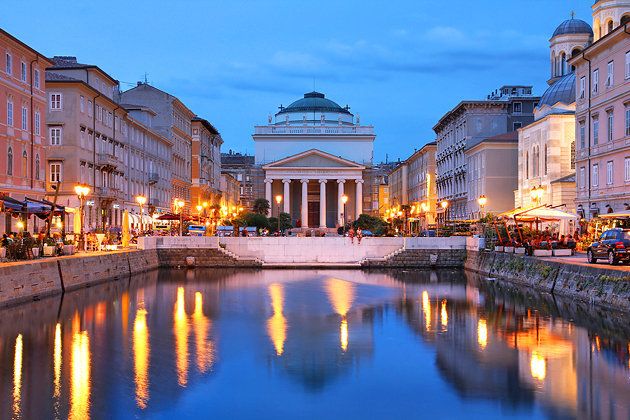Flow Batteries and Fine Wine: An Unlikely Combination

I don’t speak wine, though what my friend said made sense; in fact, you can walk from Croatia into Trieste (Northeast Italy–pictured above and below). However, you can’t do that without traipsing through Slovenia, which is the reason I’m writing this in the first place, due to its forward-thinking use of energy storage, in this case, flow batteries, which are known for their versatility: From the article linked above:
… two ESP4 vanadium-flow batteries are to be integrated with Trojane’s (a popular Slovenian restaurant) existing 49-kW solar PV system, a 30-kW combined heat and power (CHP) system and an electric-vehicle (EV) charging station. Combined the two ESP4s are capable of delivering from 24-32 kilowatt-hours of electrical energy. …The objective is “to demonstrate how Imergy’s flow batteries manage multiple applications, such as renewable energy system integration, peak demand reduction, backup power and EV charging.”
Explained here, flow batteries are so named for the fact that they make use of two liquids, often ions of vanadium, that flow, each in its own tank, near a thin separator. When the battery discharges, the atoms in the negative ion give up electrons that are directed to do some sort of work and returned to the other tank, where they are absorbed by the liquid containing the positive ions. To charge the battery, the process occurs in reverse.

